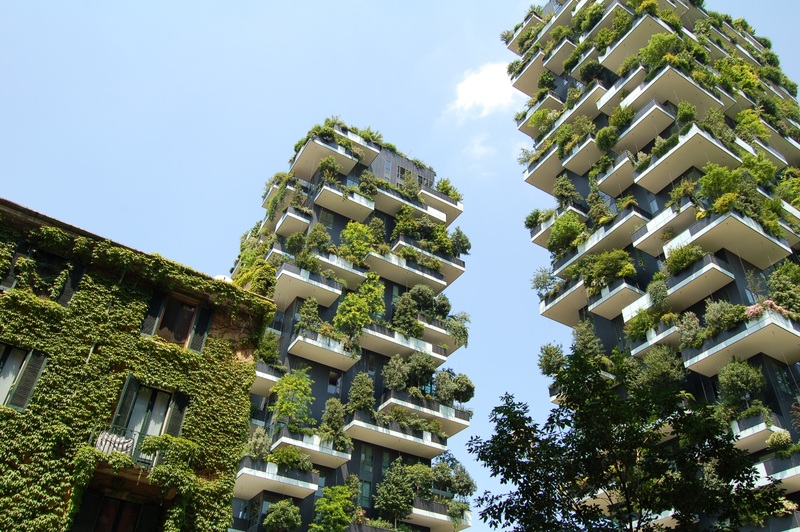Understanding Goal 11
Probably you know what is sustainability. However, do you know what is a sustainable city or community?
a) Watch the following video to understand it.
b) Answer the following questions:
- How should all the cities be?
- What did the Ancient Greek civilization design?
- How do people should feel in their communities?
- What problems are found in big cities and in small towns?
- Where is the Kilis Refugee camp?
- What did Rekz Afzal set up in Scotland?
- What was the High Line before been an eye catching public space where citizens can mingle or relax?
c) Read following article which belongs to the United Nations and is not adapted. Then, skim it and scan it.
You will skim the reading to grasp the main idea and you will scan it to get the specific information that call your attention.
d) Complete:
i) The main idea of the article is : __________________________________________________________________________________________
ii) Specific information that called my attention:
- ____________________________________________________________________________________________________________
- ____________________________________________________________________________________________________________
- ____________________________________________________________________________________________________________
You can download a handout to write your answers in odt or pdf.
